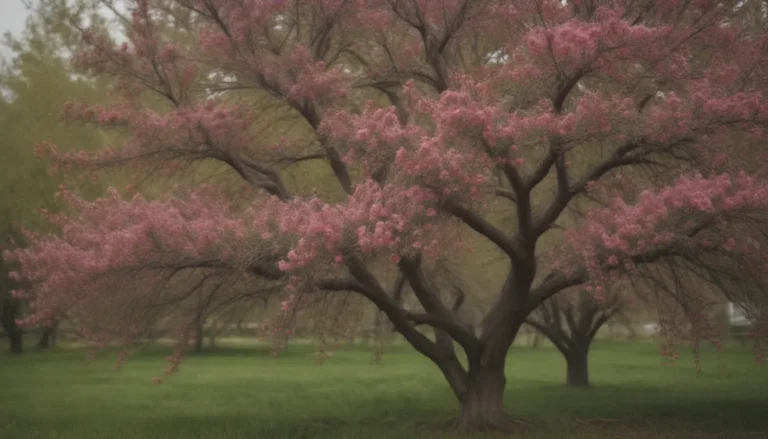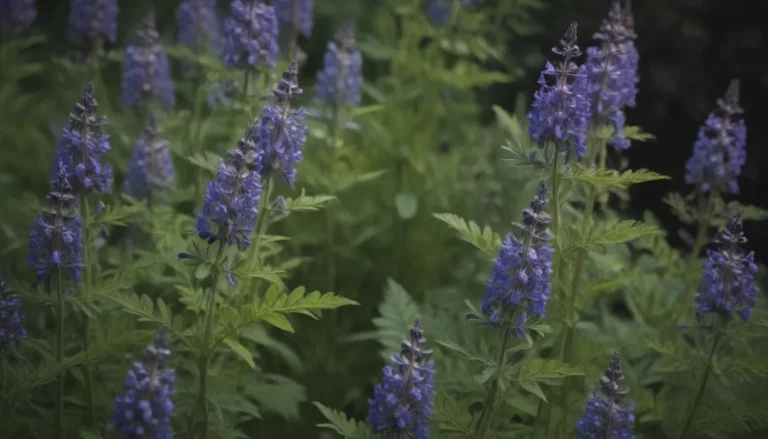The Ultimate Guide to Growing and Caring for Mastic Trees

If you’re looking to add a touch of exotic beauty to your landscape, the mastic tree might just be the perfect addition. This broadleaf evergreen is known for its unique shrublike appearance, sticky sap, and impressive drought tolerance, making it a popular choice for gardens in arid, rocky climates. In this comprehensive guide, we will delve into everything you need to know about growing and caring for mastic trees to ensure they thrive in your yard.
The Basics of Mastic Trees
Mastic trees (Pistacia lentiscus) thrive in high heat, arid conditions, and rocky soils with low humidity. These trees require full sun and well-draining, alkaline soil to flourish. Here are some essential care requirements you need to keep in mind:
Light
Provide your mastic tree with plenty of bright light to thrive. Full sun is essential for optimal growth and gum production. Place your tree in a location where it can receive morning and early afternoon light for best results.
Soil
The ideal soil for mastic trees is dry, sandy, and gritty, with excellent drainage. Wet soil can be detrimental to your tree’s health, so ensure your soil is well-draining. You can improve drainage by adding sand and perlite to the soil. Mastics prefer alkaline soil, so check the pH levels and make any necessary amendments.
Water
A newly planted mastic tree will require regular watering to establish a strong root system. Once established, mastic trees are drought-tolerant and require minimal watering. Avoid overwatering, and aim for warm, dry soil with deep, well-absorbed moisture. Consider using drip irrigation to provide the right amount of water.
Temperature and Humidity
Mastic trees thrive in high, dry heat and low humidity conditions. These trees are well-suited to USDA zones 9-11, which mimic their native environment. If you live in an area with these conditions, your mastic tree is likely to thrive.
Fertilizer
Give your mastic tree a slow-release all-purpose 10-10-10 fertilizer each spring when new growth emerges. The soil conditions preferred by mastic trees may lack nutrients, so a yearly fertilizer application can provide a boost to your tree’s growth.
Pruning Tips for Mastic Trees
Pruning is essential for maintaining the health and aesthetics of your mastic tree. While mastic trees have a shrublike appearance and won’t grow taller than 25 feet, they can spread out widely if left unattended. To keep your tree in shape, follow these pruning guidelines:
- Establish a single leader trunk for your mastic tree.
- Regularly prune to maintain a manageable canopy.
- Shape the tree for ornamental purposes by removing excess growth.
Propagating Mastic Trees
While commercial growers use various methods to propagate mastic trees, you can try propagating them at home using hardwood cuttings. Here are some tips for propagating mastic trees:
- Use hardwood cuttings for propagation.
- Aerating the planting area can improve rooting success.
- Propagating from seeds may be challenging, so cuttings are a more reliable option.
Common Issues with Mastic Trees
Despite their hardy nature, mastic trees can face some common problems that you should watch out for. Here are a few issues you may encounter:
Yellowing Leaves
Yellowing leaves on a mastic tree can be a sign of overwatering. Reduce watering to see if the condition improves and avoid root rot.
Pruning Maintenance
Regular pruning is necessary to prevent your mastic tree from growing out of control. Keep up with yearly maintenance pruning to maintain the tree’s shape and size.
Stickiness
The sticky resin produced by mastic trees, known as gum mastic, is a unique feature of these trees. Proper care and maintenance can increase gum production, which has commercial uses.
In conclusion, growing and caring for mastic trees can be a rewarding experience for any gardener. By following these care guidelines and tips, you can ensure that your mastic tree thrives in your garden for years to come. With their unique appearance and resilience to harsh conditions, mastic trees can add a touch of beauty and interest to any landscape. So why not consider adding a mastic tree to your garden today?





